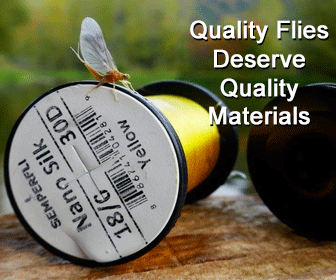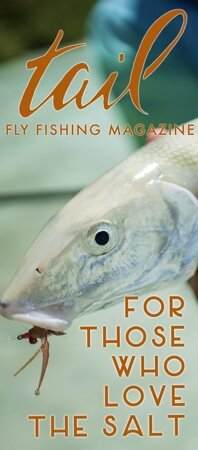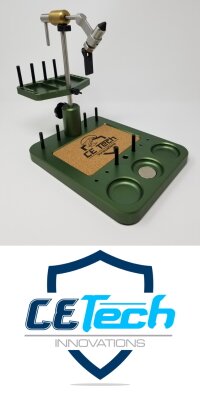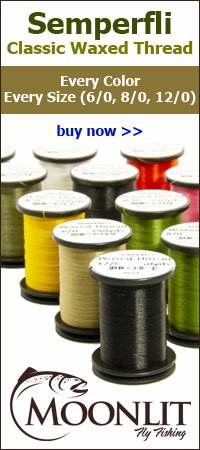Matt Bagshaw has been tying these extremely awesome pike flies and I messaged him asking if he would elaborate on this fly and what inspired it. Read below.
You can follow Matt on Instagram @mattfinfeathers
“Fly fishing for Pike has a long history, and can be dated back to the early 1500’s from a translated, Bavarian, manuscript. I have long been interested in tying them, and recently had success fishing them as well. The more “modern” fly descriptions are easier to understand, and provide a simple framework from which you can expand on.
If you fast forward a couple hundred years to the early 1800s the pike fly descriptions get more detailed and are often accompanied by hand drawn plates. There is a fly dressing mentioned in roughly 1801 (“Rural Sports”), is described as being the size of a “wren”, and containing materials like bear and squirrel fur, and peacock feathers “standing straight up”.
It’s at this point forward that the staple material for a pike fly is a large set of upright peacock eye feathers, which are sometimes referenced as “moon feathers”. William Blacker, Edward Fitzgibbon, Francis Francis, etc…all prescribe to the notion that a pike fly is first and foremost a gaudy affair. They provide interesting interpretations of what the fly represents, from a huge dragonfly to a small bird. They go as far to say that dragging a bird on the surface would probably be more effective. As a tier of classic flies, and a person who loves to add a little creativity to the process, Pike flies provide a perfect framework to really push the boundaries of “gaudy’.”
When I blended the various dressings together I got to a version that I really liked:
Recipe:
tip/tag: silver twist and red silk
tail: blue, orange, and claret hackles
body: green, blue, orange, and red pigs wool
hackles: orange up the body, red, blue, green around the throat
wings: peacock moon feathers, jay feathers, golden pheasant toppings, golden pheasant tippet feathers, or sometimes large mallard feathers. Just think big, or as mentioned, dragging a dead bird across the water 🙂
head: several turns of yellow macaw body feather, orange pigs wool, and glass bead eyes (bead chain would work).
Proportionally, set the tail length at roughly 2x the shank length. Set the wing to be roughly 1x the hook shank, or extending to the middle of tail material. This will ensure a good profile in the water, and hopefully help with fouling.
Hook style is up to the tier, but with a heavy wing you’ll need to choose a hook which can keep the fly from flipping over, or better yet, use a double hook. The double hook was traditional, and works very well at keeping the fly up right. I’d be wary of using a long shanked hook, because the proportions will be hard to maintain.
Ultimately you want something big and bright, but don’t feel like you have to stick to the original. I think blending some modern materials in with the old makes an incredible fly, so consider using bright schlappen feathers, blending some flash into your dubbing, dyed amherst tail in the wing, brightly dyed mallard flank feathers, or even some Krystal Flash in the tail/wing.
I’m really looking forward to tying more of them, and fishing them more often!

















